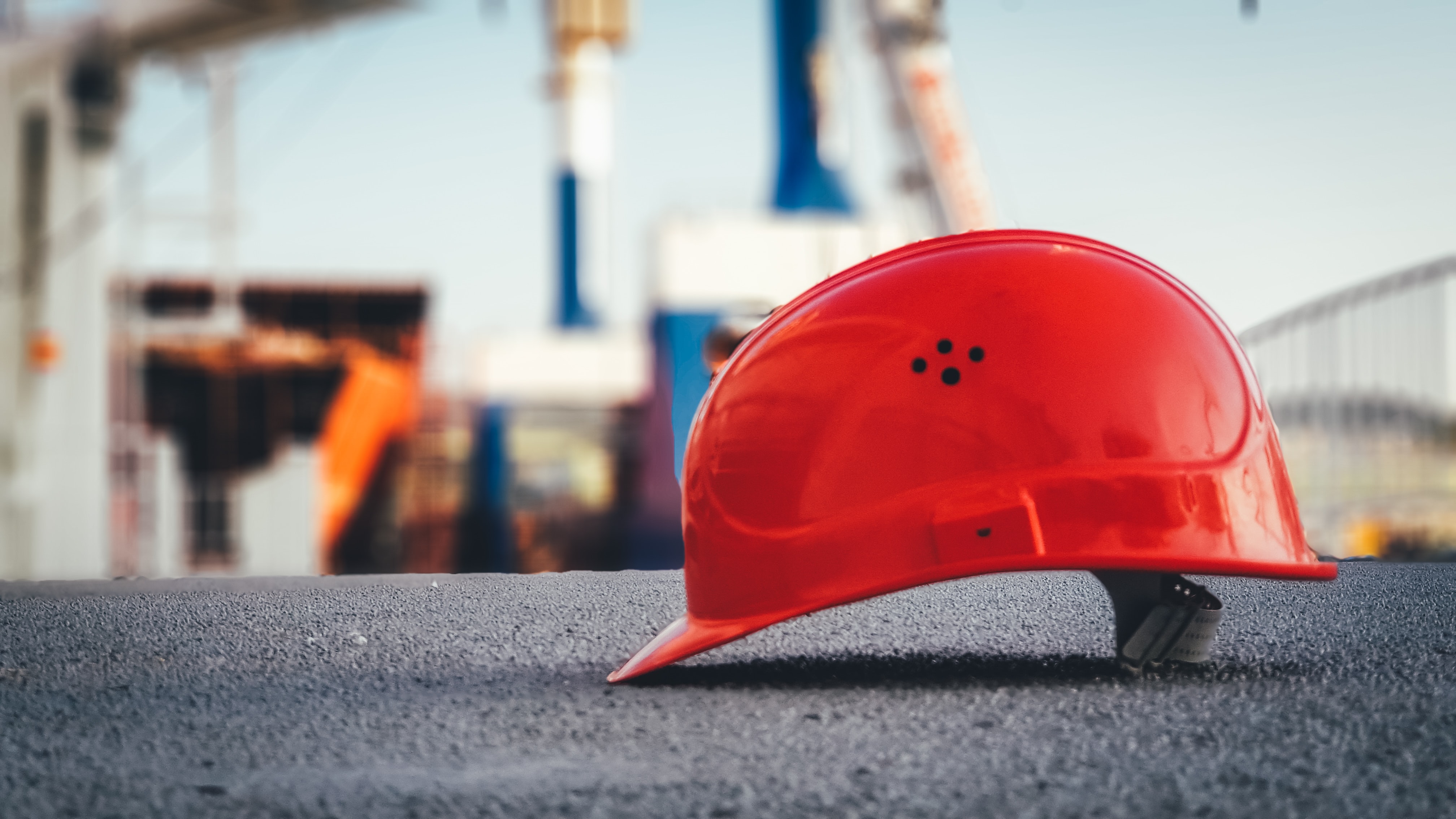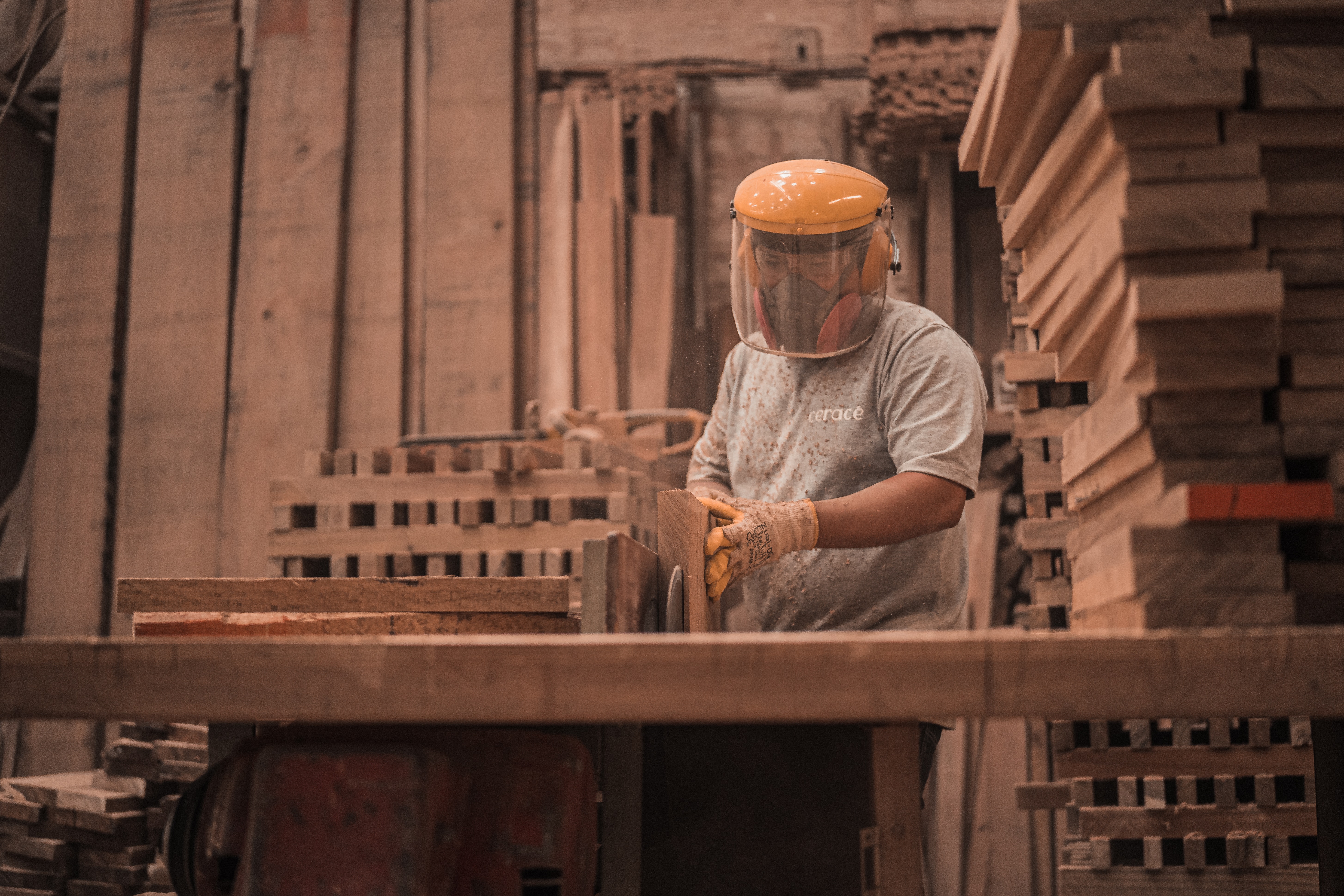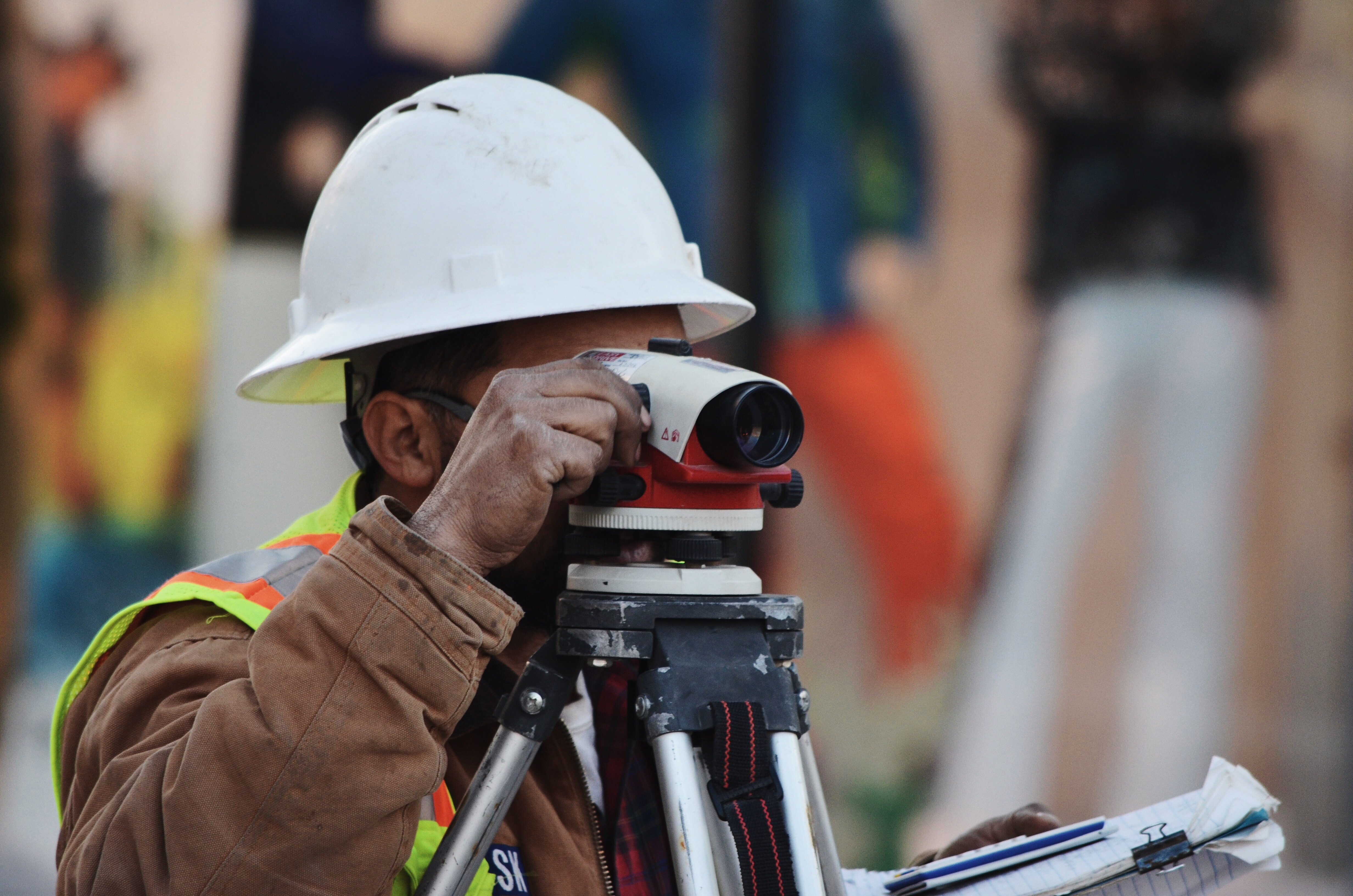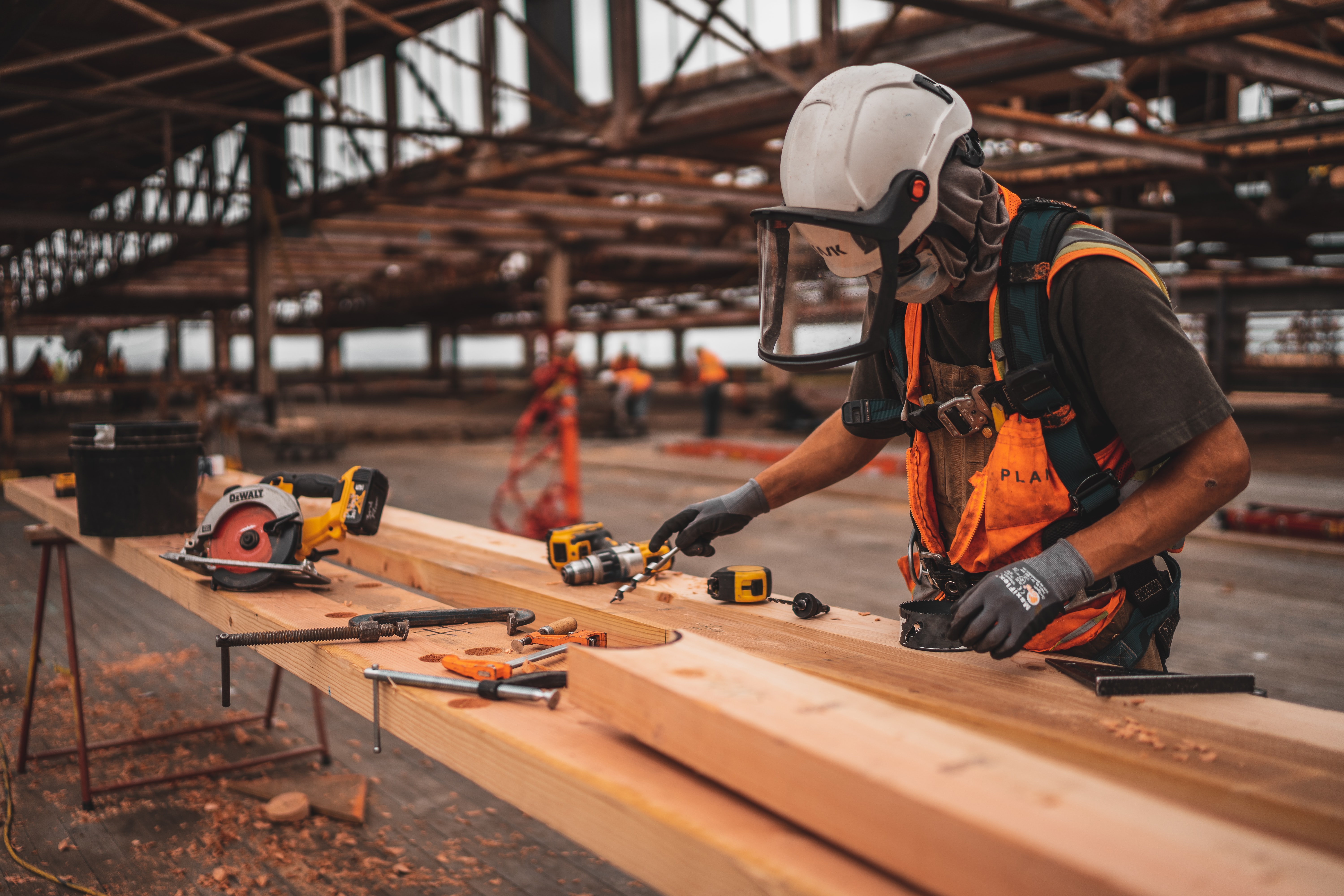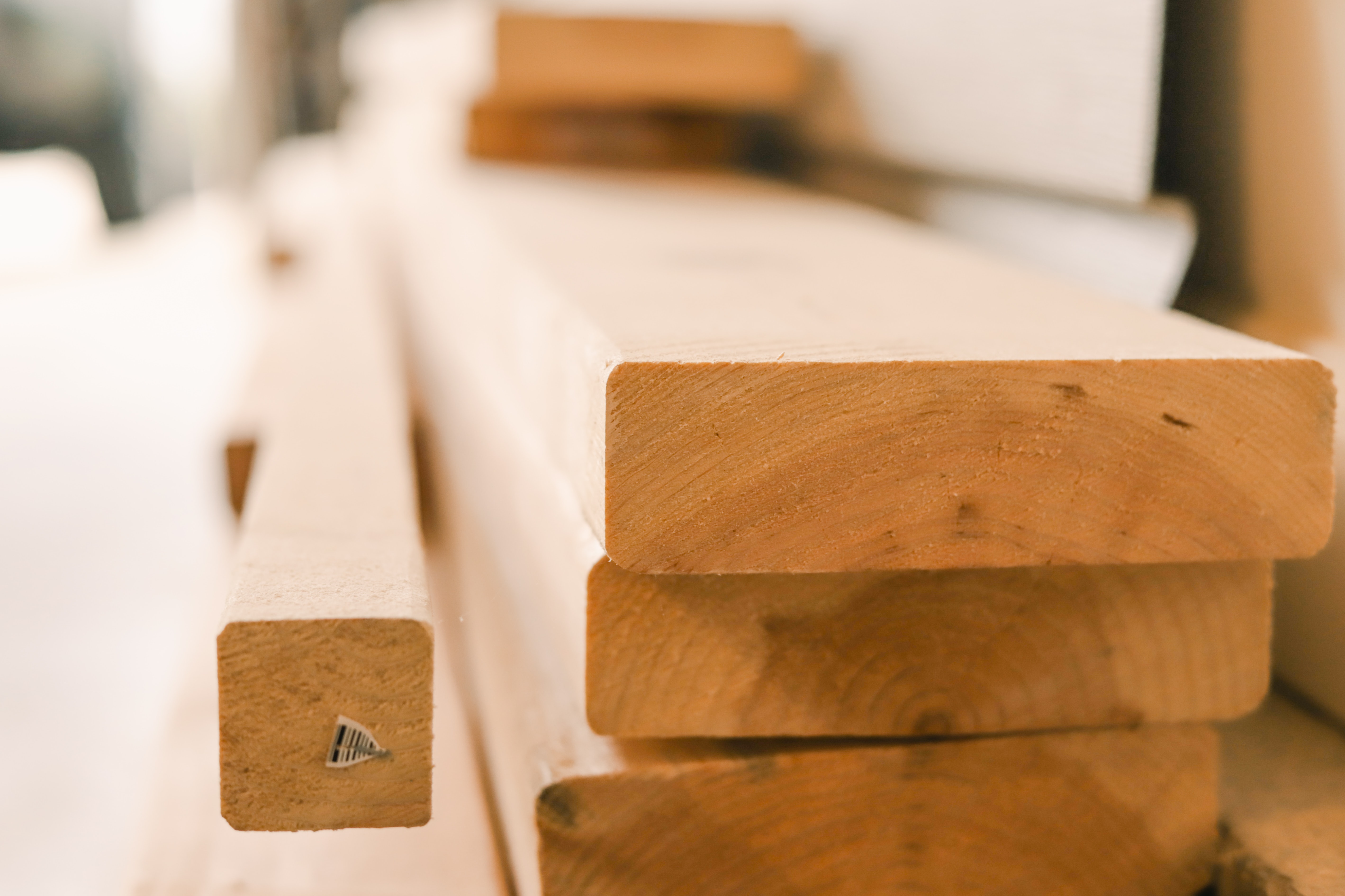How 3D Printing is Changing the Construction Industry
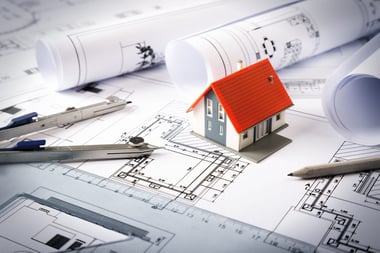
3D printers have been around since the 1980s, but only recently have we had the accessibility to take advantage of this mechanism for more than small-scale productions. As larger-scale production becomes more globally available, 3D printing for the use of construction is being taken advantage of. When talking about 3D printing in construction, we occasionally hear the interchangeable terms “3DCP” (3D construction printing) and “LSAM” (large scale additive manufacturing). We have outlined some of the benefits of 3D printing and trends we are seeing (and hope to see!) moving forward in construction.
Benefits and Advantages
A major benefit of using 3D printing in the construction industry is the reduction of material cost and material waste. 3D printing in construction cuts waste with high levels of accuracy in knowing the amounts of materials needed. Cost reduction with 3D printing is due to a few different factors, including reducing the length of a construction company’s supply chain and labor costs. When printing materials or structures, that material gets cut out of the company’s supply chain due to it either being printed on-site or close by. Additionally, printing the materials saves on time, which saves money in the long run.
How It Works
According to Whirlwind Steel, “Extremely large 3D printers have already been built that can use concrete-like materials to fabricate a variety of large structural components and even entire buildings.” A more common practice is printing pieces of structural elements that snap together with composite materials. Flooring, roofing, walls, and panels are some of the structural elements we see most commonly built with 3D printing. The job’s architect or designer can convert 3D blueprints into a code recognizable by the printer. The printer is placed accordingly, and then designs in the code come to life.
What trends do we see for 3D printing?
In a report put out by MarketsandMarkets, 3D printing in construction is projected to witness significant growth in the next few years with the increasing demand for new constructions all over the world. The companies that produce 3D printers for construction, like BAM, are continuing to innovate and create reasonable use cases for construction companies. They have made it possible to shift from printing only plastic and metal materials to printing concrete materials as well. The viability of this manufacturing option is too big and full of potential to ignore.
Overall, 3D printing is a greener, more efficient way of building that will increase accuracy in costs and projections for projects. Learn more about how CDO Group is using the latest technology in our construction projects by contacting us!
August 20th, 2020 | additive manufacturing, construction, large scale, construction management, 3D printing, construction materials
Related Posts
SIGN UP FOR OUR NEWSLETTER
Recent Posts
Categories
Archives
Archives
- January 2024 (1)
- July 2023 (1)
- January 2023 (1)
- September 2022 (1)
- March 2022 (3)
- February 2022 (3)
- January 2022 (2)
- December 2021 (4)
- November 2021 (2)
- October 2021 (2)
- September 2021 (2)
- August 2021 (2)
- July 2021 (3)
- June 2021 (2)
- May 2021 (2)
- April 2021 (2)
- March 2021 (5)
- February 2021 (4)
- January 2021 (1)
- December 2020 (1)
- November 2020 (3)
- October 2020 (2)
- September 2020 (2)
- August 2020 (2)
- June 2020 (1)
- May 2020 (2)
- April 2020 (1)
- March 2020 (2)
- February 2020 (1)
